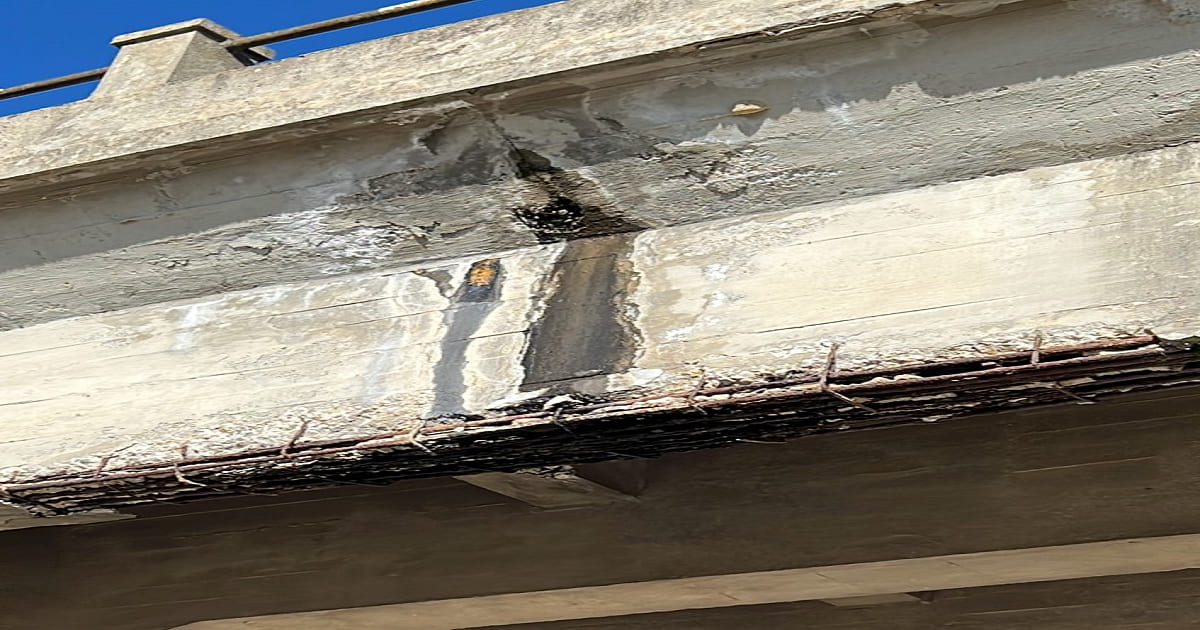Topic Menu
► Topic MenuTopic Editors



Life Cycle Assessment of Deteriorating Structures and Infrastructure

Topic Information
Dear Colleagues,
We are inviting submissions to the Topical Collection on “Life Cycle Assessment of Deteriorating Structures and Infrastructure”. Many structures and infrastructures are operating beyond their design lifetime and are being exposed to numerous human and human-induced hazards whose frequency of occurrence as well as intensity is exhibiting an increasing trend. Increased traffic loads on bridges along with heavy use of existing structures with aging are also eroding the structural safety and exposing communities to unprecedented risks, which are exacerbated by climate change effects. In this context, the lack of resources for retrofit and risk mitigation poses several challenges to structure and infrastructure asset managers. These issues call for the improvement of current approaches for evaluating the state of infrastructure and the hazards they are exposed to as well as to design new structures and infrastructure systems that will safely perform during their design life. This Topical Collection aims to address the outlined challenges by welcoming articles related to (but not limited to) the following topics:
- aging of existing structures/infrastructure exposed to natural and human-induced hazards (e.g., corrosion and strength degradation, fatigue due to traffic/wind loading in bridges, effects of operation of building contents on industrial facilities);
- design and assessment of structures/infrastructure systems accounting for aging and nonstationary/time-dependent loading effects;
- deterministic/probabilistic models for simulation of hazards and relevant effects that also account for the impact of climate change;
- models and methodologies for damage cumulation under earthquake sequences (mainshock–aftershock or repeated earthquake events), floods, wind, etc;
- methodologies for resilience assessment under single and multiple hazards (e.g., flood, earthquakes, hurricanes, etc.);
- monitoring techniques and strategies for effects and structural state assessment, including continuous monitoring and post-shock assessment);
- data-driven assessment of structural response based on artificial intelligence and machine learning techniques;
- consequence-based engineering at different scales (from hazard to societal impact) and decision making under uncertainty.
The target audience of this Topical Collection includes academics, specialists, researchers, and professionals who are working and interested in the topics outlined above.
Dr. Enrico Tubaldi
Dr. Luigi Di Sarno
Prof. Dr. Michele Barbato
Topic Editors
Keywords
- infrastructure resilience
- aging
- cumulative effects
- natural hazards
- monitoring
- decision making under uncertainty
- consequence-based engineering
Participating Journals
| Journal Name | Impact Factor | CiteScore | Launched Year | First Decision (median) | APC |
|---|---|---|---|---|---|

Buildings
|
3.1 | 4.4 | 2011 | 14.9 Days | CHF 2600 |

CivilEng
|
2.0 | 4.0 | 2020 | 27 Days | CHF 1400 |

Infrastructures
|
2.9 | 6.0 | 2016 | 15.7 Days | CHF 1800 |

Materials
|
3.2 | 6.4 | 2008 | 15.2 Days | CHF 2600 |

Sensors
|
3.5 | 8.2 | 2001 | 19.7 Days | CHF 2600 |

Standards
|
- | - | 2021 | 34.9 Days | CHF 1000 |

Preprints.org is a multidisciplinary platform offering a preprint service designed to facilitate the early sharing of your research. It supports and empowers your research journey from the very beginning.
MDPI Topics is collaborating with Preprints.org and has established a direct connection between MDPI journals and the platform. Authors are encouraged to take advantage of this opportunity by posting their preprints at Preprints.org prior to publication:
- Share your research immediately: disseminate your ideas prior to publication and establish priority for your work.
- Safeguard your intellectual contribution: Protect your ideas with a time-stamped preprint that serves as proof of your research timeline.
- Boost visibility and impact: Increase the reach and influence of your research by making it accessible to a global audience.
- Gain early feedback: Receive valuable input and insights from peers before submitting to a journal.
- Ensure broad indexing: Web of Science (Preprint Citation Index), Google Scholar, Crossref, SHARE, PrePubMed, Scilit and Europe PMC.

